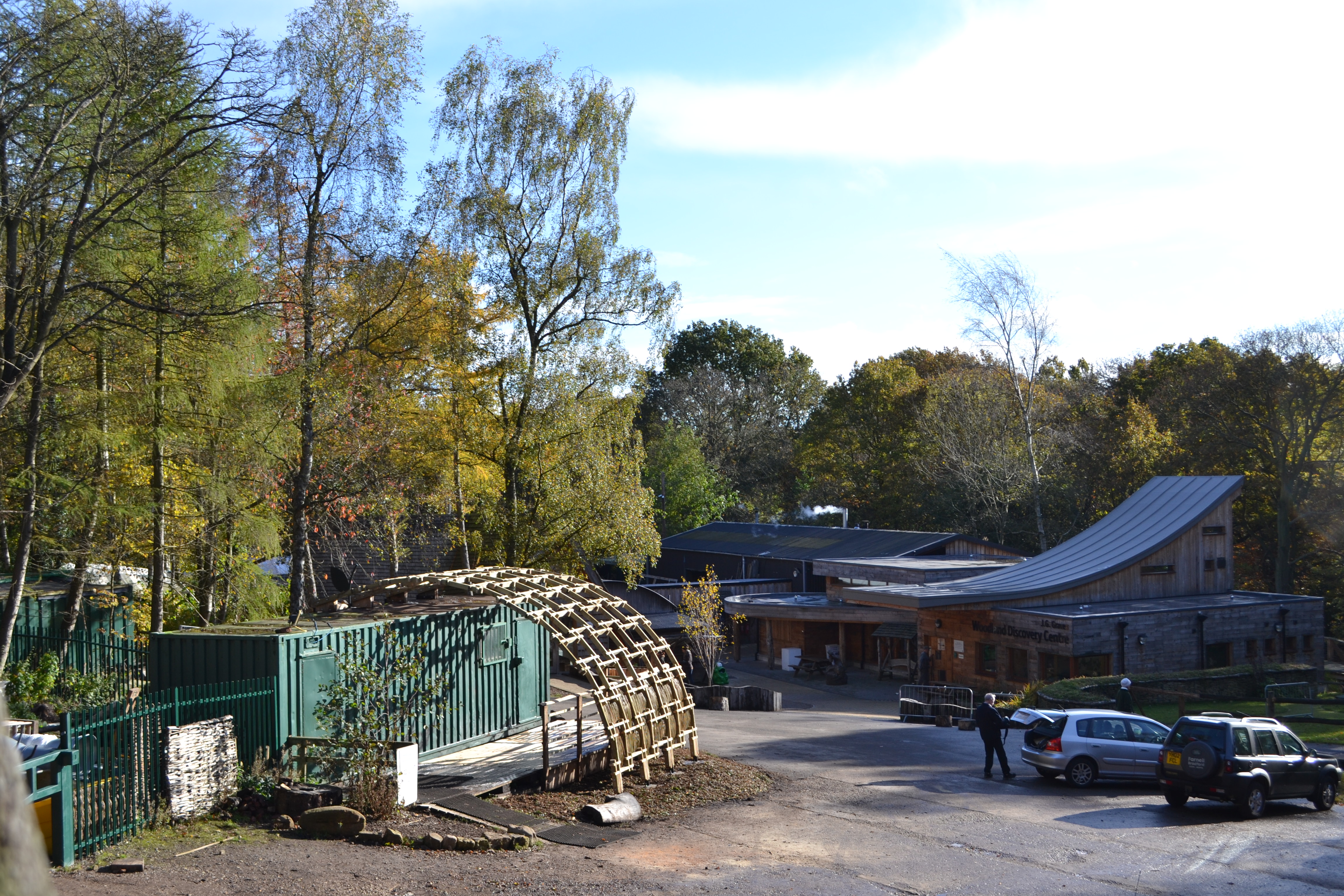
Year | 2012
Location | Ecclesall Woods Sawmill, Sheffield, UK
Client | Ted Talbot
The Ecclesall Woods Sawmill, operated by Sheffield City Council since 2006, aims to promote local craft and the innovative use of timber in construction whilst educating a new generation about traditional practices.
The Sawmill has had a close relationship with the SSOA Live Projects during this time and the site has developed in conjunction with these, the City Council, and the Bureau of Design + Research [BDR] located within the school. The site now offers numerous opportunities for public engagement including craft courses, rentable classrooms, and most recently the J.G. Graves Woodland Discovery Centre, which has provided a new usable public space for the site.
The next aspiration of the site is to become financially sustainable. The live project team was approached to establish a feasibility and outline design for the Sustainable Timber Innovation Centre [STIC], a proposed outreach facility for the School of Architecture in partnership with Sheffield City Council. The aim of STIC is to create a state-of-the art workshop for woodwork and timber construction projects. The facility will aim to support the School of Architecture and other educational and volunteer groups in undertaking wood-related projects.
The STIC would also facilitate the building of new timber workshops which would be let out to local timber businesses and crafts, to continue to promote the use of timber but also to create a regular income for the site and secure the long term financial stability of the Sawmill.
While developing designs for the STIC the Live Project team was asked to consider and investigate the use of short lengths of timber to create long span structures, allowing the use of readily available and sustainable timber from the surrounding woodland. The project also sought to use construction methods that could be adopted and implemented by low to medium skilled workers in the hope that the STIC could be built by students and volunteers in the future.
Through interaction and collaboration with the many craftspeople, volunteers and businesses on the site, the Live Project team produced drawings, models and designs that were presented in the form of a document, a body of work that could be used by the client to approach funding bodies in the hope of securing financial support in order to develop the project further with the ultimate goal of the construction of STIC.
In tandem with the designing of STIC, the Live Project team built a prototype of the design located on the sawmill site. The prototype strengthens and supports the ideas, designs and concepts that are presented in the document but also provides an immediate practical and usable sheltered space for Peter Barnsley, a wood seller that currently operates out of a number of shipping containers on the site.

